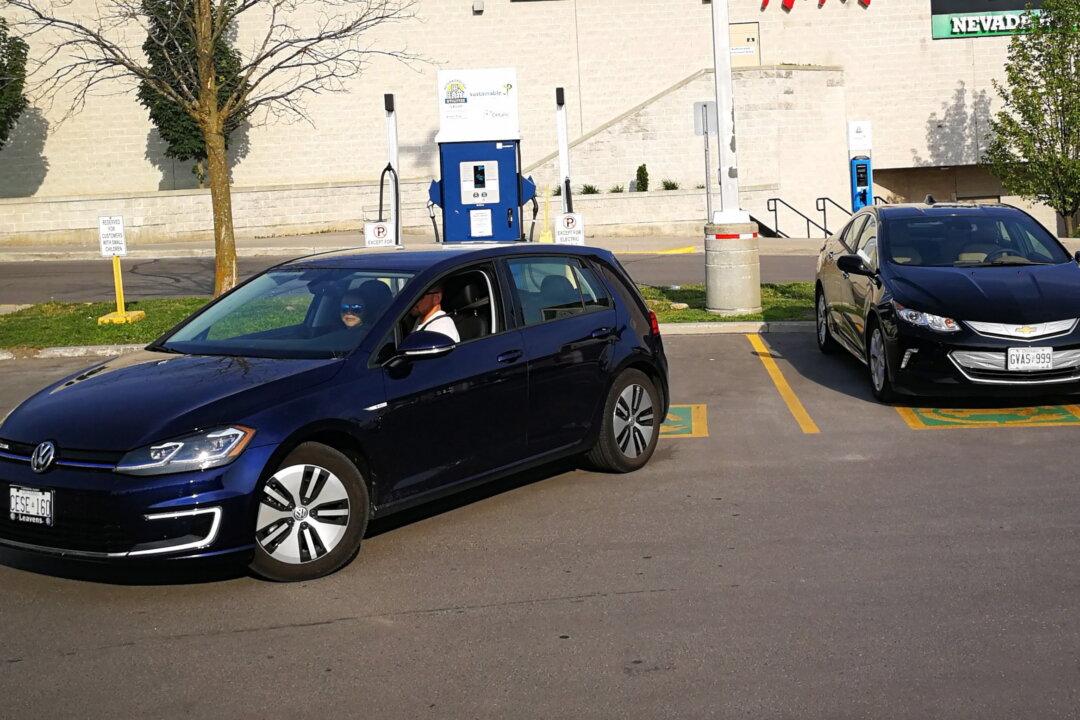Analysts are saying some of the steps required to approach 2030 climate targets come with significant economic and societal costs, especially for the energy-producing provinces, as Canada tries to reach net zero by 2050.
The Senate passed Bill C-12 on June 29, an act aimed at holding the government accountable for the goal of net-zero greenhouse gas emissions by 2050. The bill requires the environment minister to set national targets for 2030, 2035, 2040, and 2045, and also requires the finance minister to prepare annual reports.The Parliamentary Budget Officer (PBO), the federal government’s spending watchdog, said in a June 23 report that, at a minimum, the total hit to the economy in 2030 would be 1.4 percent—roughly wiping out an entire year’s economic growth under typical circumstances. This determination comes from analyzing the impact of measures in Budget 2021 and in “A Healthy Environment and Healthy Economy” (HEHE), the feds’ new national climate plan announced last December.
Part of this adverse impact is a 16.2 percent hit to the transportation sector and a 10.8 percent hit in the oil and gas sectors.
According to Oxford Economics (OE), the economic impact by 2030 is even worse—Canada’s national gross domestic product will fall 1.9 percent below its baseline projection for 2030 even with carbon revenues fully returned to households and businesses. The hit is much worse for Alberta, at 8.2 percent, and for Saskatchewan and Newfoundland at about 3 percent mainly due to sharply curtailed oil output as demand falls.
The PBO says its estimated economic hit is more severe than the feds’ estimate based on its own HEHE modelling. The feds didn’t provide an estimated impact for its Budget 2021 measures for comparison.
HEHE and Budget 2021 both aimed to exceed Canada’s 2030 greenhouse gas emission reduction target under the Paris Agreement. HEHE measures were projected to cut emissions by 2030 to 31 percent, rather than 30 percent, below those of 2005, by raising the $50-a-tonne federal carbon tax in 2022 to $170 a tonne by 2030.
Budget 2021 projected to cut emissions by 2030 to 36 percent below those of 2005, which required additional policies, some of which were unspecified. Then in April, the feds announced a further reduction, to 40–45 percent below 2005 levels by 2030, but didn’t provide policy details for reaching that goal.
Thus the PBO could not analyze how this further reduction affects the economy, but did say that while technologies to achieve this level of reduction are currently available, such as electric vehicles, small modular nuclear reactors, and heat pumps, “the scale and speed of the changes will make it challenging to achieve.”
It suggests, for example, for Canada’s fleet of vehicles, that the change required to contribute meaningfully toward the more aggressive reduction goal is that roughly half of new vehicle sales starting in 2022 be zero-emission and be charged with zero-emission electricity.
“Only a prohibitively high subsidy could achieve that objective,” the PBO said.





